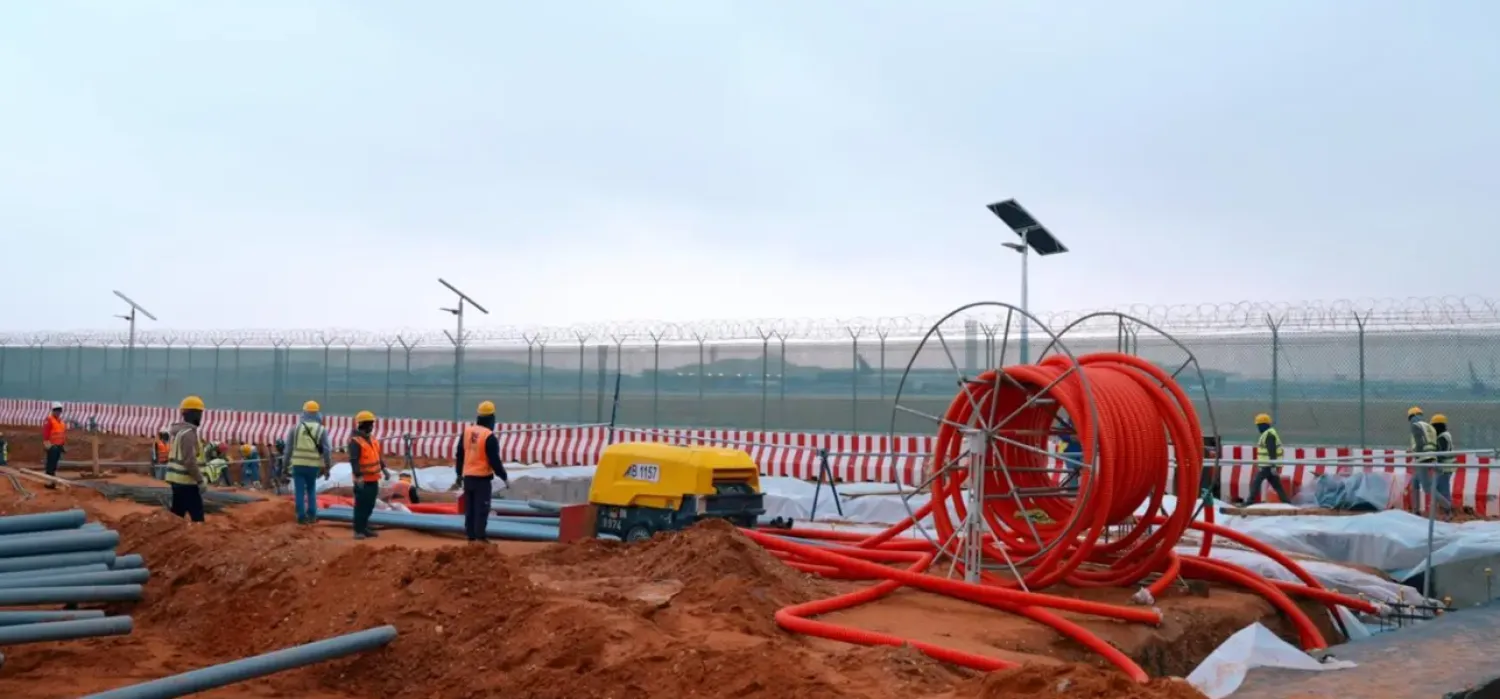Rising conflicts, inflation, and climate change have worsened the food crisis in the Arab region, reaching record levels in 2023, according to six UN agencies.
The crisis now affects over 14% of the population, with early signs showing an even greater escalation this year.
To address this, the six UN agencies issued the “Cairo Declaration on Financing Agrifood Systems Transformation in the Near East and North Africa Region” on Wednesday.
The six UN agencies reaffirmed their commitment to working closely with development banks, the private sector, and national governments to boost financial resources for transforming food and agricultural systems in the Arab region, aiming to improve food security and nutrition.
These agencies—FAO, IFAD, UNICEF, WFP, WHO, and ESCWA—also proposed creating cooperative funding platforms, led by governments and developed with partners, to help meet the second Sustainable Development Goal of ending hunger.
The “Cairo Declaration” was issued alongside a joint report titled the 2024 NENA Regional Overview of Food Security and Nutrition. The report warned that the Arab region is still far from reaching its food security and nutrition targets for 2030.
In 2023, 66.1 million people—14% of the Arab population—were affected by hunger. The report showed that around 186.5 million people (39.4% of the population) faced food insecurity, with 72.7 million suffering from severe food insecurity.
Conflicts remain the main cause of food insecurity and malnutrition in the region, compounded by economic challenges, income inequality, and extreme weather events.
Food prices have worsened the crisis, with malnutrition rates in conflict-affected countries jumping to 26.4% in 2023—four times higher than the 6.6% in stable countries. Ongoing conflicts and droughts are expected to further degrade food security and nutrition.
FAO’s Assistant Director-General and NENA Regional Representative Abdulhakim Elwaer emphasized the need for improved public resource use and additional funding to positively impact food systems in Arab countries.
The agencies stress that the report’s findings will drive efforts to create more efficient, inclusive, and sustainable food systems in the region, benefiting both people and the planet.
Over a third of the Arab population struggles to afford healthy food, with 151.3 million people unable to cover basic nutritional needs. This issue is especially severe in conflict zones, where 41.2% of people can't afford a healthy diet.









